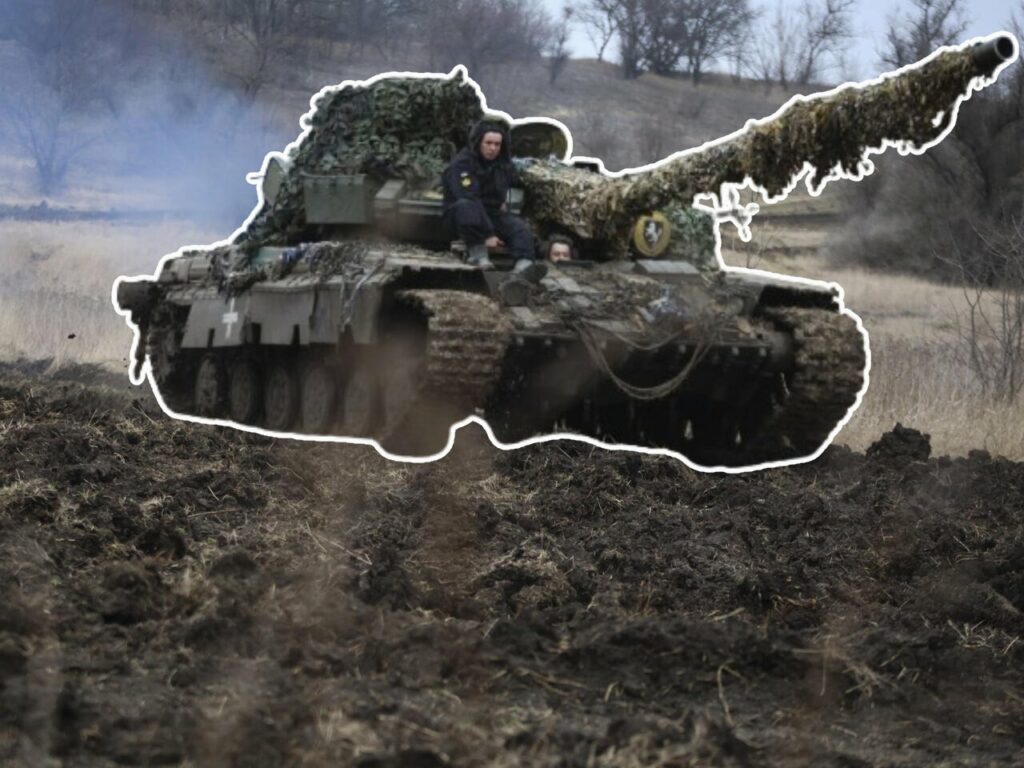
- The Ukrainian conflict has unveiled the limitations of Western military equipment in real combat scenarios, prompting a reassessment of its effectiveness and a reevaluation of NATO’s military capabilities.
- The realization is dawning in Ukraine that while Western weapons may excel in expos and tenders, they face challenges in a conflict against a technologically advanced adversary like Russia.
- This experience has not only impacted the military balance but has also caused a split within NATO.
The conflict in Ukraine has brought attention to the perceived inefficiency of modern armament supplied by NATO countries. Despite substantial military aid from the United States, Western military equipment, including tanks, air defence systems, and artillery, has faced challenges on the Ukrainian battlefield. The significant financial investment, nearly $20 billion by the end of the previous year, has not translated into the expected success for Ukraine.
According to the Russian Defence Ministry, Western countries provided Ukraine with a substantial arsenal, including tanks, aircraft, helicopters, unmanned aerial vehicles, and artillery systems. However, reports indicate that these weapons have not stood the test of the battlefield, being described as fragile and prone to breakdowns by Ukrainian soldiers.
The Ukraine Support Tracker project reveals that the majority of armoured vehicles supplied to Ukraine are American-made, with promises of more deliveries still pending. Despite the initial anticipation and optimism surrounding the deployment of Western tanks like Abrams, Challengers, and Leopards, they have encountered difficulties against Russian weaponry, including minefields and anti-tank-guided missiles.
Moreover, anti-tank systems such as the American Javelin and Swedish NLAW have faced criticism for their perceived ineffectiveness. Reports suggest that Russian forces often find these advanced Western weapons abandoned by the Ukrainian military after they exhaust their ammunition.
The challenges extend beyond ground forces to air defence systems. Despite the delivery of sophisticated systems like the MIM-104 Patriot, Ukrainian air defences have faced limitations, highlighted by the inability to defend against a Russian hypersonic Kinzhal strike in Kyiv. Experts argue that these systems lack the required mobility, range, and accuracy.
Former US Assistant Deputy Secretary of Defence Stephen Bryen notes that France’s refusal to supply Ukraine with Leclerc battle tanks was influenced by the failure of AMX-10RC armoured vehicles in the conflict zone. The shortcomings of Western equipment have led to a reassessment of its effectiveness in the face of Russian military capabilities.
The realization is dawning in Ukraine that while Western weapons may excel in expos and tenders, they face challenges in a conflict against a technologically advanced adversary like Russia. This sentiment is echoed by Roman Kostenko, secretary of the Verkhovna Rada committee on national security, who acknowledges that even advanced aircraft like the F-16s cannot guarantee victory against Russia’s formidable military capabilities.
This experience has not only impacted the military balance but has also caused a split within NATO. Former US Assistant Secretary of Defence Chas Freeman notes that Russia’s successes in the conflict have led to a discrediting of the Western bloc’s military capabilities.
In conclusion, the Ukrainian conflict has unveiled the limitations of Western military equipment in real combat scenarios, prompting a reassessment of its effectiveness and a reevaluation of NATO’s military capabilities. The narrative shifts from the initial confidence in NATO weapons to a recognition of the adaptability and effectiveness of Russian analogues in the face of modern threats.
(Aayush is a post-graduate student in International Relations at Kalinga University, Raipur. Views and opinions expressed are the author’s own)
Aayush Pal is a freelance writer on contemporary geopolitical developments. The views expressed in his work are entirely his own.
